Here we list all the new books about women artists that have come to our attention, published in the first quarter of this year. Descriptions are drawn from the blurb on the publisher’s website. If you know of other titles that should be on this list, please let us know by comment or by email (Erika@artherstory.net).
For young readers
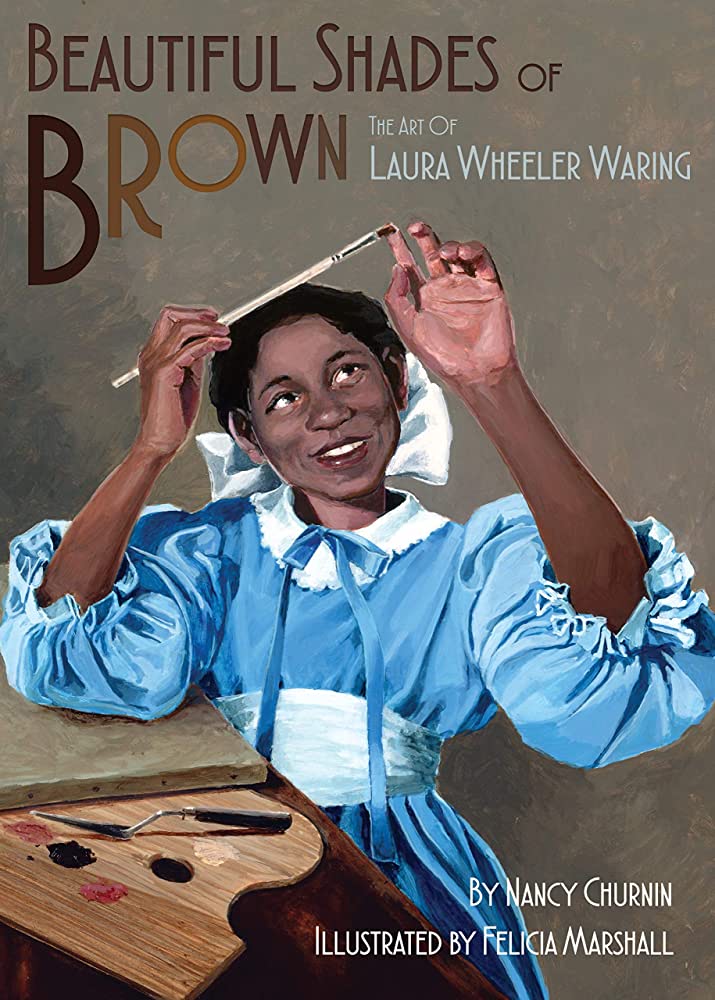
- Beautiful Shades of Brown: The Art of Laura Wheeler Waring, by Nancy Churnin, illustrated by Felicia Marshall. Publisher: Creston Books, 2020.
Growing up in the late nineteenth century, Laura Wheeler Waring didn’t see any artists who looked like her. She didn’t see any paintings of people who looked like her, either. So when she was offered a commission to paint portraits of accomplished African Americans, she jumped at the chance. Writers, singers, political activists, and thinkers all posed for her. Now her portraits hang in Washington, DC’s National Portrait Gallery, where children of all races can admire the beautiful shades of brown she captured.

- The Story of Frida Kahlo: A Biography Book for New Readers, by Susan B. Katz. Publisher: Rockridge Press (2020).
Frida Kahlo is one of the most celebrated artists in the world, but before she made history with her beautiful paintings and brave spirit, she went through a life-changing accident that would have made many people want to give up. This Frida Kahlo children’s book shows you how she fought to overcome setbacks and follow her passion to create amazing artwork and make the world a more colorful place.
In this unique Frida Kahlo children’s book, you can explore how she went from a young girl from a small Mexican town to one of the most well-known painters in history. This vibrant Frida Kahlo children’s book includes a helpful glossary; a visual timeline of the artist’s life; and a perspective on how Frida made the world a better place for future generations. Take an exciting stroll through history with this illustrated Frida Kahlo children’s book. For ages 6–9.
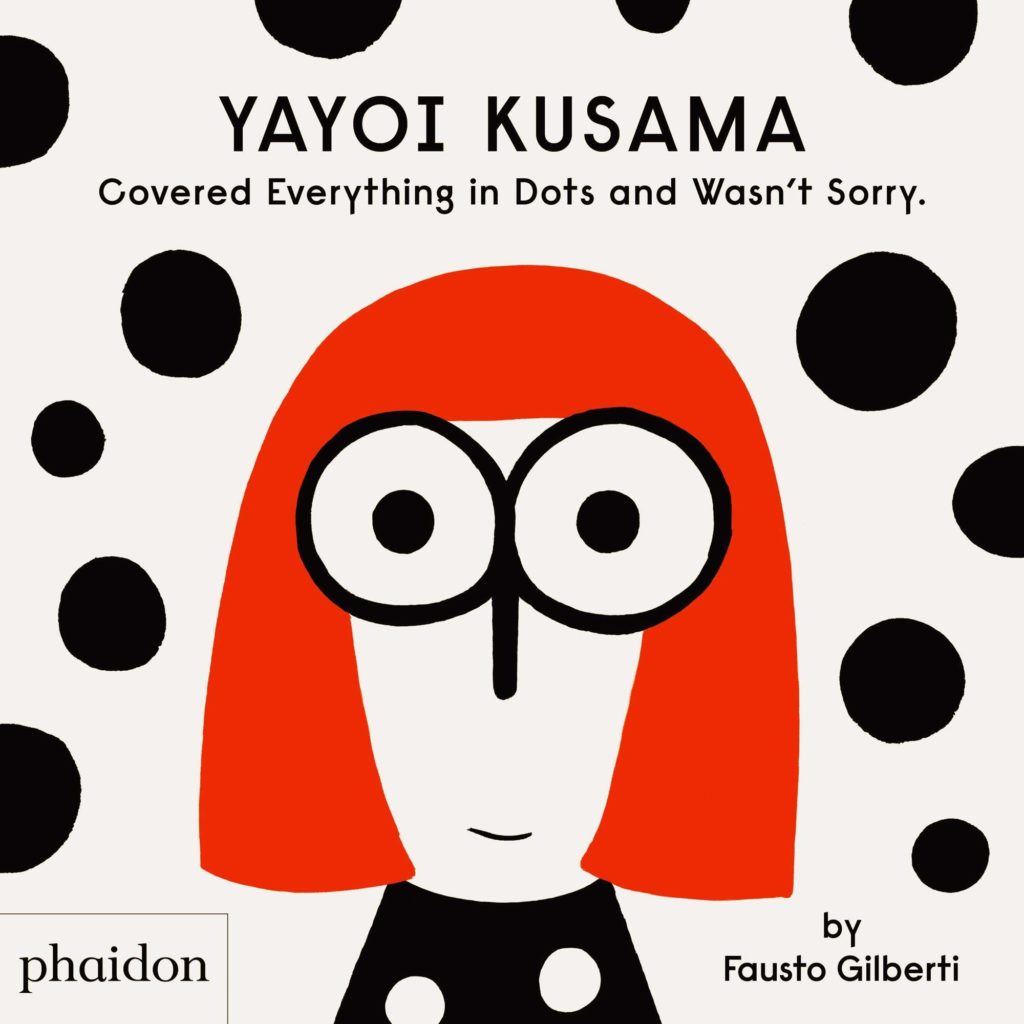
- Yayoi Kusama Covered Everything in Dots and Wasn’t Sorry, by Fausto Gilberti. Publisher: Phaidon (2020).
Yayoi Kusama covers her paintings in hundreds and hundreds of dots. Her dots come off her canvases to cover dresses, tables, walls, and more! She creates mirrored rooms and fills them with glittering balls and lights, until there is an infinity of dots—just like in her paintings. Fausto Gilberti brings movement, life, and whimsy to the true life story of one of the most important contemporary Japanese artists of our time—an artist who is still dazzling museum- and gallery-goers around the globe today. For ages 4-7.
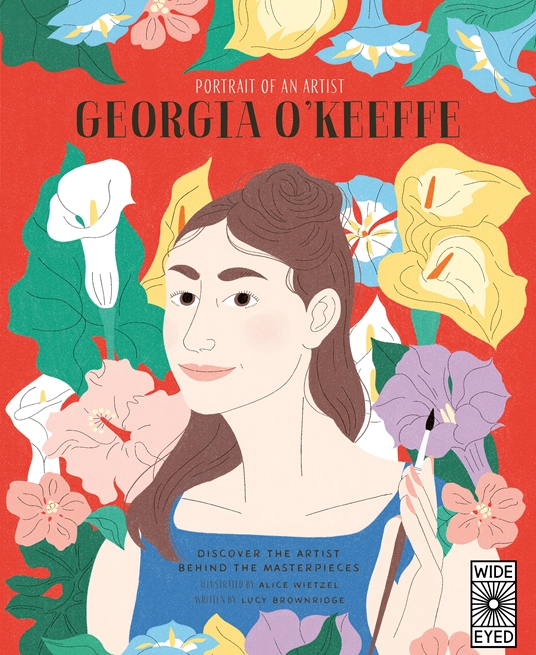
- Portrait of an Artist: Georgia O’Keeffe, by Lucy Brownridge. Publisher: Quarto Books (2020; Discover the Artist Behind the Masterpieces series).
Georgia O’Keeffe is known as the Mother of American Modernism, discover why in this first story book about Georgia O’Keeffe. From humble beginnings living on a prairie farm, to taking the New York art scene by storm, to living a solitary life in the New Mexican desert, find out how Georgia’s extraordinary life unfolded and how each place changed the ways her paintings came out. See how her life shaped her much loved masterpieces and find out why she is such an important figure in the history of art. An O’Keeffe masterpiece is featured on every spread. This art story also includes a closer look at 10 of O’Keeffe’s masterpieces at the back. Juvenile.
Read the Association of Illustrators review of this book, with page spreads.
Adult non-fiction
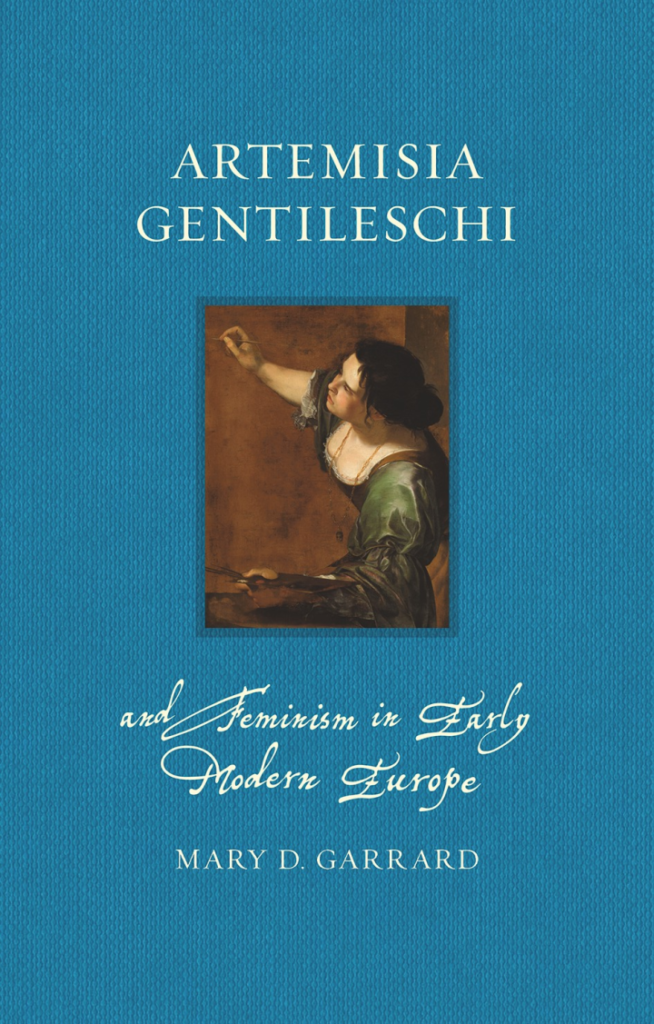
- Artemisia Gentileschi and Feminism in Early Modern Europe, by Mary D. Garrard. Publisher: Reaktion Books (2020; paperback, 2023).
Artemisia Gentileschi is by far the most famous woman artist of the pre-modern era. Her art addresses issues that resonate today, such as sexual violence and women’s problematic access to political power. Her forceful paintings with their vigorous female protagonists have excited modern audiences, especially feminists. The book breaks new ground by placing the artist in the context of women’s political history, and the feminist protest that was bubbling in early modern Europe. Mary D. Garrard shows that Artemisia most likely knew or knew about contemporary feminist writers such as the Venetians Lucrezia Marinella and Arcangela Tarabotti, and the alignment of her art with their texts is striking. Garrard discusses recently discovered paintings, offers fresh perspectives on known works and examines the artist anew in the context of early modern feminism.
Update: Due to COVID-19, the hardback version of Artemisia Gentileschi and Feminism in Early Modern Europe is delayed until September 14, 2020. But the book is available now in ebook format.
Read the review by Sara Ayres for Women’s Studies Group, 1558–1837.
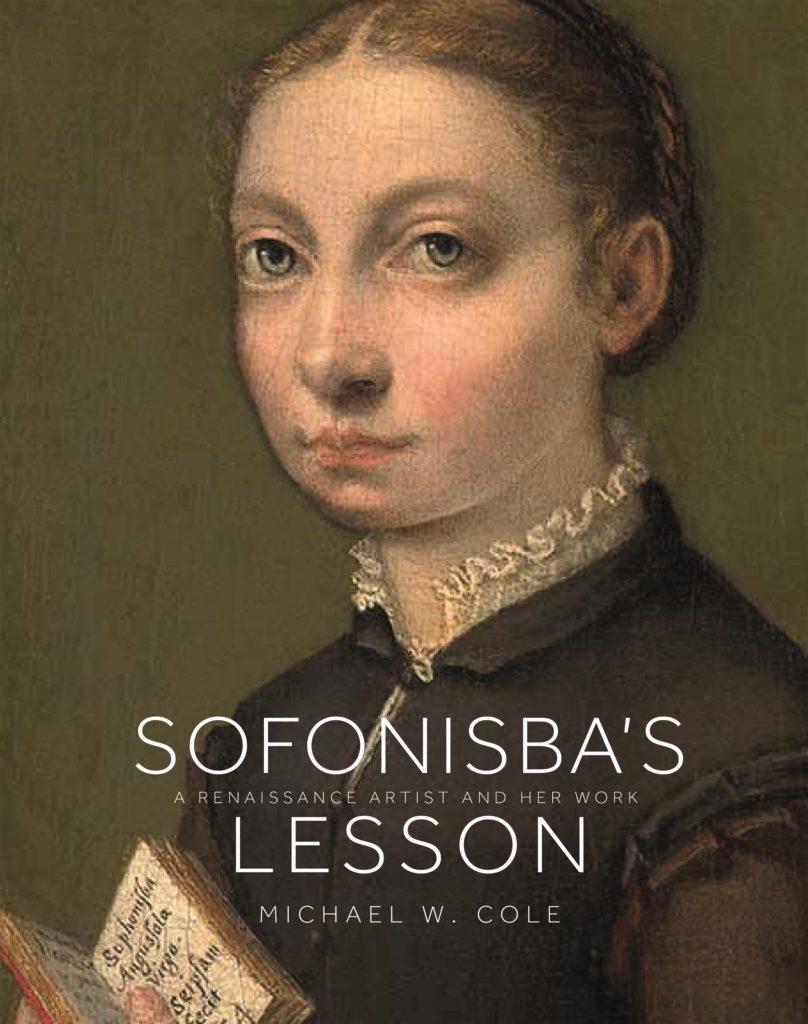
- Sofonisba’s Lesson: A Renaissance Artist and Her Work, by Michael W. Cole. Publisher: Princeton University Press (2020).
Sofonisba’s Lesson sheds new light on the work of Sofonisba Anguissola, offering a major reassessment of a Renaissance painter who changed the image of women’s education in Europe—and who transformed Western attitudes about who could be an artist. In this study, Michael Cole demonstrates how teaching and learning were central themes of Sofonisba’s art, which shows women learning to read, play chess, and paint. He looks at how her pictures challenged conventional ideas about the teaching of young girls, and he discusses her place in the history of the amateur, a new Renaissance type. The book examines Sofonisba’s relationships with family members and other people for whom her practice was important. The volume concludes with a complete illustrated catalog of the more than two hundred known paintings and drawings that writers have associated with Sofonisba over the past 450 years, with a full accounting of modern scholarly opinion on each.
Read Cindy Helms’ review of Sofonisba’s Lesson for the New York Journal of Books.
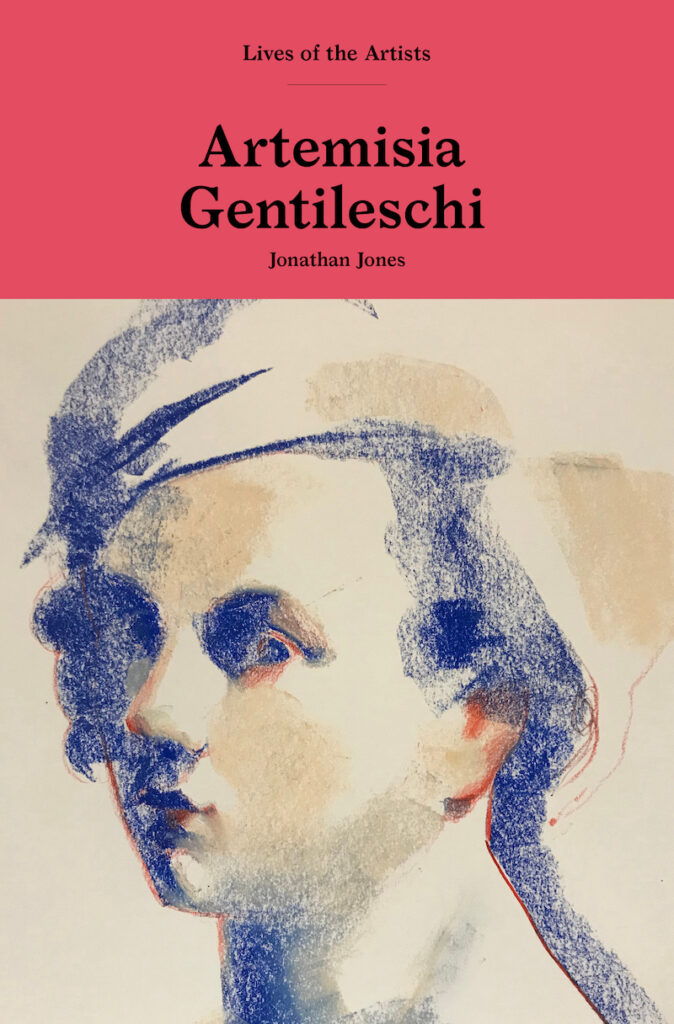
- Artemisia Gentileschi, by Jonathan Jones. Publisher: Laurence King (2020).
Artemisia Gentileschi was the greatest female artist of the Baroque age and one of the most brilliant followers of the great Caravaggio. As a young woman she survived sexual abuse at the hands of her tutor, and then had to endure a seven-month-long trial during which she was brutally examined by the authorities. Gentileschi was shamed in a culture where honour was everything. Yet she went on to become one of the most sought-after artists of the seventeenth century. Gentileschi’s art communicated a powerful personal vision. Like Frida Kahlo, Louise Bourgeois or Tracey Emin, she put her life into her art.
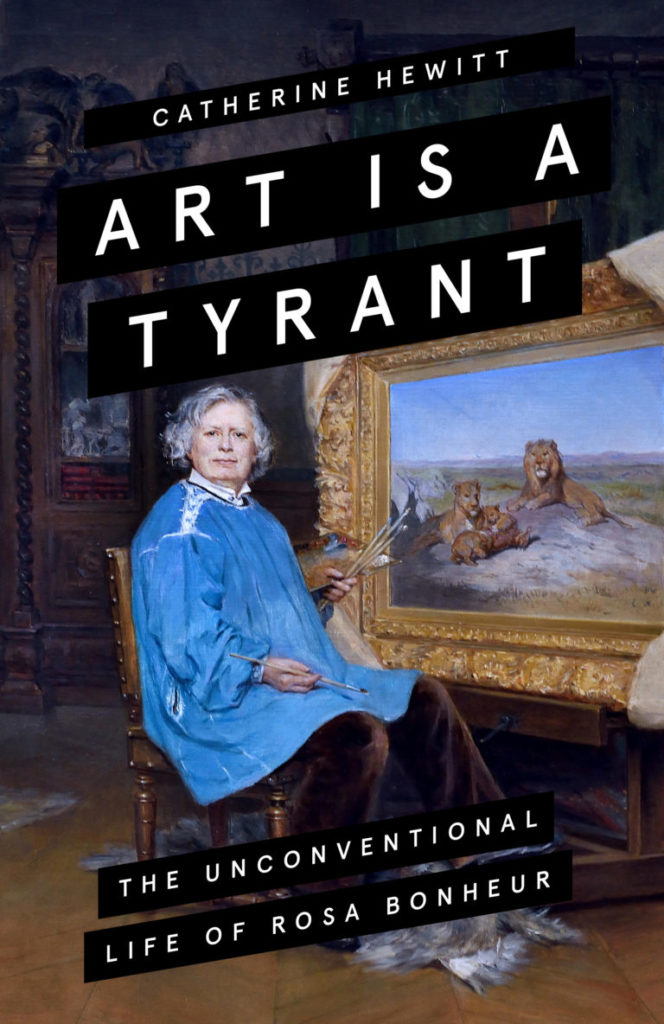
- Art is a Tyrant: The Unconventional Life of Rosa Bonheur, by Catherine Hewitt. Publisher: Icon Books (2020; paperback, 2021).
Rosa Bonheur was the very antithesis of the feminine ideal of 19th-century society. She was educated, she shunned traditional ‘womanly’ pursuits, she rejected marriage – and she wore trousers. But the society whose rules she spurned accepted her as one of their own, because of her genius for painting animals. Catherine Hewitt’s compelling new biography is an inspiring evocation of a life lived against the rules.
Winner of the Franco-British Society Literary Award 2020. Read Kathryn Hughes’ review of Art is a Tyrant for The Guardian; Donna Seaman’s review for Booklist; and Laura Freeman’s review in The Times.
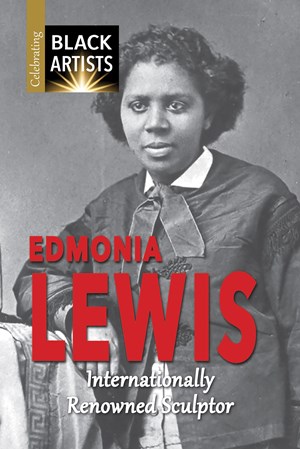
- Edmonia Lewis, by Charlotte Etinde-Crompton and Samuel Willard Crompton. Publisher: Enslow Publishing (2020).
Edmonia Lewis was a free woman of color who gained recognition as a sculptor during the US Civil War. Of black and Native American heritage, she stood out in the largely white and male-dominated art world. At first, she struggled to find sculptors willing to mentor her, but Lewis was determined to succeed. She opened an art studio in 1864. Her early works included busts of Native Americans and abolitionists, members of communities that helped her career thrive. Readers will learn that a move to Rome in 1866 raised her to international fame. Against all odds, she achieved unimaginable success as an artist. Inspire the readers in your life by introducing them to Edmonia Lewis.
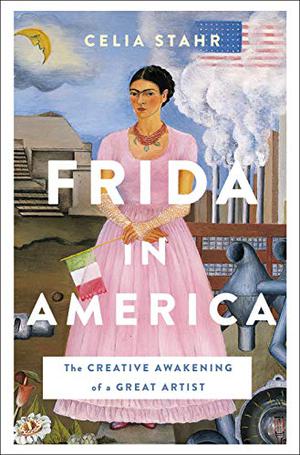
- Frida in America: The Creative Awakening of a Great Artist, by Celia Stahr. Publisher: Macmillan Publishers (2020).
Only twenty-three and newly married to the already renowned forty-three-year-old Diego Rivera, Frida Kahlo was at a crossroads in her life. This new place, one filled with magnificent beauty, horrific poverty, racial tension, anti-Semitism, ethnic diversity, bland Midwestern food, and a thriving music scene, pushed Frida in unexpected directions. Frida in America is the first in-depth biography of the artist’s formative years in Gringolandia, a place Frida couldn’t always understand. But it’s precisely her feelings of being a stranger in a strange land that fueled her creative passions and an even stronger sense of Mexican identity. With vivid detail, Frida in America recreates the pivotal journey that transformed Senora Rivera into the world-famous Frida Kahlo.
Read about Frida in America in Kirkus Reviews and Publishers Weekly.

- Angel De Cora, Karen Thronson, and the Art of Place, by Elizabeth Sutton. Publisher: University of Iowa Press (2020).
Angel De Cora (c. 1870–1919) was a Native Ho-Chunk artist who received relative acclaim during her lifetime. Karen Thronson (1850–1929) was a Norwegian settler housewife who created crafts and folk art in obscurity along with the other women of her small immigrant community. By examining the creations of these two artists, Sutton shows how each woman produced art or handicrafts that linked her new home to her homeland. Both women had to navigate and negotiate between asserting their authentic self and the expectations placed on them by others in their new locations. The result is a fascinating story of two women that speaks to universal themes of Native displacement, settler conquest, and the connection between art and place.
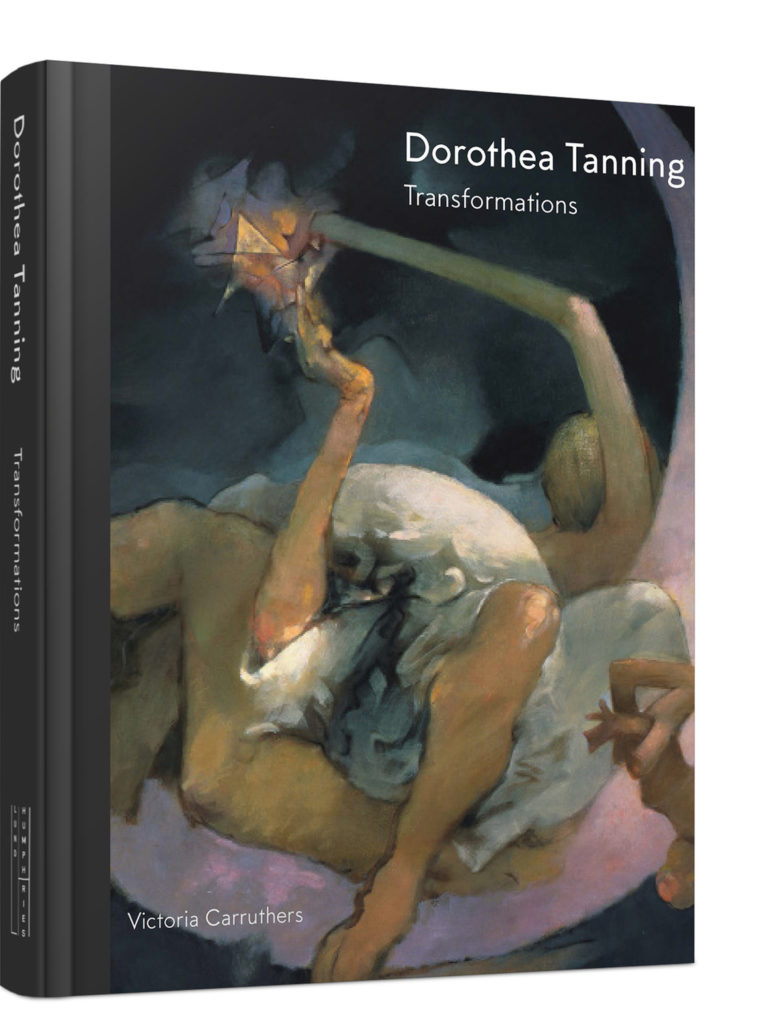
- Dorothea Tanning: Transformations, by Victoria Carruthers. Publisher: Lund Humphries (2020).
This definitive study of US artist Dorothea Tanning (1910–2012) positions the artist as one of the most fascinating and significant creative forces to emerge during the twentieth century. It provides a framework within which to consider the range and depth of Tanning’s work, well beyond the better-known early Surrealist works of the 1940s, and makes connections between her life experiences and thematic preoccupations. Extensively illustrated and featuring unpublished material from interviews which the author conducted with the artist between 2000 and 2009, this book will appeal to the general museum-going public as well as academics, students, curators and collectors.

- Käthe Kollwitz: Prints, Process, Politics, edited by Louis Marchesano. Publisher: Getty Publications (2020).
German printmaker Käthe Kollwitz (1867–1945) is known for her unapologetic social and political imagery; her representations of grief, suffering, and struggle; and her equivocal ideas about artistic and political labels. This volume explores Kollwitz’s obsessive printmaking experiments and the evolution of her images, and assesses the unusually rich progressions of preparatory drawings, proofs, and rejected images behind Kollwitz’s compositions of struggling workers, rebellious peasants, and grieving mothers. The volume is published to accompany an exhibition on view at the Getty Research Institute at the Getty Center December 3, 2019–March 29, 2020; and originally (pre-covid) scheduled to be displayed the Art Institute of Chicago May 30–September 13, 2020.
Listen to Jay Clarke discuss the Kollwitz catalogue on The Modern Art Notes Podcast.

- Women Can’t Paint: Gender, the Glass Ceiling and Values in Contemporary Art, by Helen Gørrill. Publisher: Bloomsbury (2020).
In 2013 Georg Baselitz declared that “women don’t paint very well.” While shocking, his comments reveal what Helen Gørrill argues is prolific discrimination in the artworld. In a groundbreaking study of gender and value, Gørrill proves that there are few aesthetic differences in men and women’s painting, but that men’s art is valued at up to 80 per cent more than women’s. Indeed, the power of masculinity is such that when men sign their work it goes up in value, yet when women sign their work it goes down. Museums, the author attests, are also complicit in this vicious cycle as they collect tokenist female artwork which impinges upon its artists’ market value. An essential text for students and teachers, Gørrill’s book is provocative, and challenges existing methodologies whilst introducing shocking evidence. She proves how the price of being a woman impacts upon all forms of artistic currency, be it social, cultural or economic. In the vanguard of the “Me Too” movement, she calls for the art world to take action.
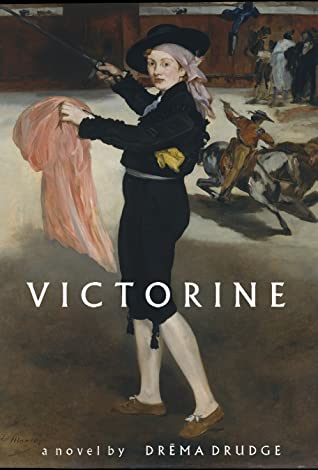
- Victorine, by Drēma Drudge. Publisher: Fleur-de-Lis Press (2020).
Victorine Meurent is best remembered as a model for paintings, such as Manet’s Olympia and Picnic on the Grass, that heralded the beginning of modern art. However, as depicted in this novel, Victorine’s persistent desire is not to be a model but to be a painter herself. In order to live authentically, she finds the strength to flout the expectations of her parents, bourgeois society, and the dominant male artists (whom she knows personally) while never losing her capacity for affection, kindness, and loyalty. Drēma Drudge’s powerful first novel Victorine not only gives this determined and gifted artist back to us but also recreates an era of important transition into the modern world.
Previously published posts on books about women artists
New Books About History’s Women Artists | July–Sept 2021
New Books About History’s Women Artists | Apr–Jun 2021
New Books About History’s Women Artists | Jan–March 2021
New Books about History’s Women Artists | Oct–Dec 2020
New Books About History’s Women Artists | July–Sept 2020
New Books About History’s Women Artists | Apr–Jun 2020
Ten Intriguing Books About Remarkable Women Artists, a guest post by Carol M. Cram





see Liana De Girolami Cheney’s Mythological Paintings: Art, Beauty, and Wisdom
(Cambridge: Cambridge Scholar Press, 2020)
Cover Description
Lavinia Fontana’s Mythological Paintings: Art, Beauty, and Wisdom investigates Fontana’s emblematic and art historical issues in her mythological paintings. Fontana is the first female painter of the sixteenth century in Italy to depict female nudes as well as mythological and emblematic paintings associated with concepts of beauty and wisdom. Her paintings reveal an appropriation of the antique, a fusion between patronage and culture, and a humanistic pursuit of Mannerist conceits. Fontana’s secular imagery provides a challenging paragone with the male tradition of history painting during the sixteenth century, and paves the way for new subjects to be depicted and interpreted by female painters of the seventeenth century